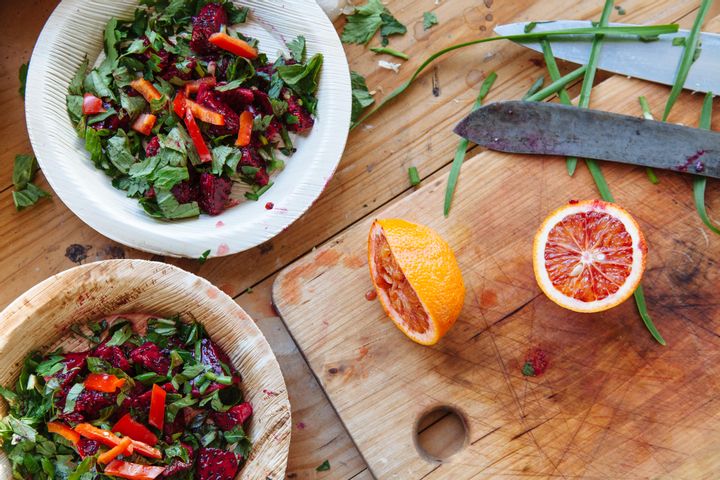
It's possible you have been exposed to this idea that we are living in a world full of toxins. Whether it is the air you breathe, or the water you drink, toxins seem to be everywhere. Our body has very efficient ways of removing toxins via our digestive system, the liver and the kidneys, but too many toxins can overwhelm the system and make us feel unwell.
The older you get, the more toxins you typically accumulate. Otherwise called xenobiotics, toxins will be shuttled into fatty stores on your body as a way to defend yourself against harm. In a fat cell, toxins pose a smaller risk to your organs but accumulation can make it difficult for you to lose weight if you need to. Even if you are lean, you can still store toxins in your fat. It just means you have a higher density of toxins in each fat cell.
Other toxins are water soluble and cannot be stored in fat. These are typically excreted more readily in the urine but they can still cause problems if your exposure is consistently high day after day. A common example of this is pesticides and herbicides on non-organic fruits and veggies.

In addition to doing a quarterly, biannual or yearly detoxification, it's important to follow some simple steps to reduce toxins in your everyday life. Remember, change takes time. I will be the first to admit that I am still working out some of these recommendations! Try to incorporate one of these tips each week and in under 3 months you will be living a life with fewer xenobiotics.
- Buy organically-grown animal products (e.g., meats and dairy. Animals store toxins in their fat too. If they were fed an unnatural diet, given medications or exposed to harmful substances there is a good chance it will show up in their fat! If you can't find organic meat, choose the leanest source you can find.
- Peel the skin or remove the outer layer of leaves of your produce. Check the Dirty Dozen to see which fruits and vegetables have the most pesticide residue, but this practice is always wise when in doubt. I wrote another article about this here.
- Remove surface pesticide residues, waxes, fungicides, and fertilizers by first soaking foods in a mild solution of pure castile soap, apple cider vinegar or biodegradable cleaner.
- Cut away damaged or bruised areas of food.
- Wash produce before cutting into it. This will reduce contaminants the reach the flesh with the knife. A great example of this is preparing a melon. We don't eat the peel but if we cut into it without washing the outside, some of the pesticide particles will transfer to the flesh with the knife used for cutting.
- Do not buy foods that contain preservatives like BHT, BHA, benzoate, sulfites, nitrates, food colorings such as FD&C yellow #5, #6, etc.
- Don't use artificial sweeteners. They are chemicals. Use stevia leaf if absolutely necessary.
- Limit exposure to canned foods and plastic bottles or containers. Never reheat food in plastic!
- Cook using stainless steel, cast iron or other non-toxic pans, skillets and pots. Aluminum and teflon are no good.
- Use filtered drinking and cooking water only. Consider putting a water filter on the head of your shower.
Do these suggestions seem overwhelming? What baby steps can you take to help reduce your xenobiotic exposure?
Resource : Detox Food Plan Comprehensive Guide. Publication. Institute of Functional Medicine. 2015.About the Business
(12 reviews)
Have a question? Ask the experts!
Send your question

